 |
| Mr. Duong Trung Bao, Tan Lap hamlet, Phu Xuyen commune, processes traditional medicine. |
In recent years, in addition to strongly developing tea trees, Phu Xuyen has exploited the potential of hilly and garden land to develop medicinal plants. The terrain features interwoven hills and mounds, along with the temperate climate and fertile soil in the commune, which are very favorable for the growth of many medicinal plants such as ginseng, mugwort, ginseng, cinnamon, locust bean, turmeric, angelica, etc.
Realizing this potential, many households have boldly changed their crop structure, turning ineffective forest and garden land into year-round green medicinal herb gardens.
We met Mr. Duong Trung Bao in Tan Lap hamlet when he was cutting the ginseng tree trunks into thin slices in his yard. He said: Ginseng has a cooling effect, helps detoxify, prevent allergies, nourish the body, and is an ingredient for many valuable folk remedies. After cutting, the tree is dried, combined with some other medicinal herbs depending on the health condition to prepare appropriate remedies.
Faced with the situation of precious medicinal herbs increasingly depleted in nature, Mr. Bao has propagated and planted them in his garden to ensure the source of raw materials. His family currently has 3 hectares of cinnamon trees, along with small areas of ginseng, polyscias fruticosa, mugwort, etc. to serve the processing of traditional medicine to sell to people and traditional medicine establishments.
On average, Mr. Bao’s family earns tens of millions of dong each year from dried medicinal herbs and cinnamon essential oil. Intercropping medicinal plants helps diversify products and reduce risks when prices of other agricultural products fluctuate.
In the same neighborhood as Mr. Bao, Mrs. Phung Thi Nam has also been growing medicinal plants for more than 5 years. She shared: Previously, the family grew vegetables on 3 sao of garden land but the efficiency was low. When switching to growing medicinal plants such as motherwort, licorice, mugwort, and bone pain vine, the income has improved significantly. Medicinal plants are easy to grow, have few pests and diseases, and have a stable output thanks to the purchase by pharmacies and traditional medicine establishments in and outside the district.
Not only Mr. Bao and Mrs. Nam, the whole Phu Xuyen commune currently has more than 30 households growing medicinal plants with a scale from several sao to several hectares, concentrated in Tan Lap, Tan Phu, and Dong Lam hamlets.
On average, each year, the economic value of medicinal plants is 1.5-2 times higher than that of rice and corn. Some plants such as cinnamon, ginseng, and polyscias fruticosa can also be processed into essential oils, medicinal extracts, and herbal teas, increasing the value of goods.
In addition to economic benefits, the traditional medicine growing profession also contributes to the preservation of traditional medicine knowledge, arousing the spirit of preserving the precious remedies of our ancestors. Some households combine traditional medicine growing with experiential tourism and traditional medicine treatment, creating a unique local tourism product.
Mr. Luu Quyet Thang, Vice Chairman of Phu Xuyen Commune People's Committee, said: The locality has coordinated with units to organize training courses on techniques for planting, caring for and processing medicinal plants; at the same time, mobilize people to join together into cooperatives to ensure stable scale and output.
In the coming time, the commune is oriented to develop concentrated medicinal plant growing areas, associated with building the Phu Xuyen traditional medicine brand. Households are encouraged to convert forest land and hill land to grow valuable medicinal plants, while connecting with businesses and cooperatives to consume the products.
Although the traditional medicine growing profession in Phu Xuyen is still new, it has proven to be effective, helping people increase their income and preserve the genetic resources of precious medicinal plants. From the initial successful models, traditional medicine plants promise to become one of the main economic crops of this midland region.
Source: https://baothainguyen.vn/kinh-te/202511/phu-xuyen-khai-thac-gia-tri-tu-cay-thuoc-nam-bac0be5/





![[Photo] General Secretary To Lam visits Long Thanh International Airport Project](https://vphoto.vietnam.vn/thumb/1200x675/vietnam/resource/IMAGE/2025/11/13/1763008564398_vna-potal-tong-bi-thu-to-lam-tham-du-an-cang-hang-khong-quoc-te-long-thanh-8404600-1261-jpg.webp)
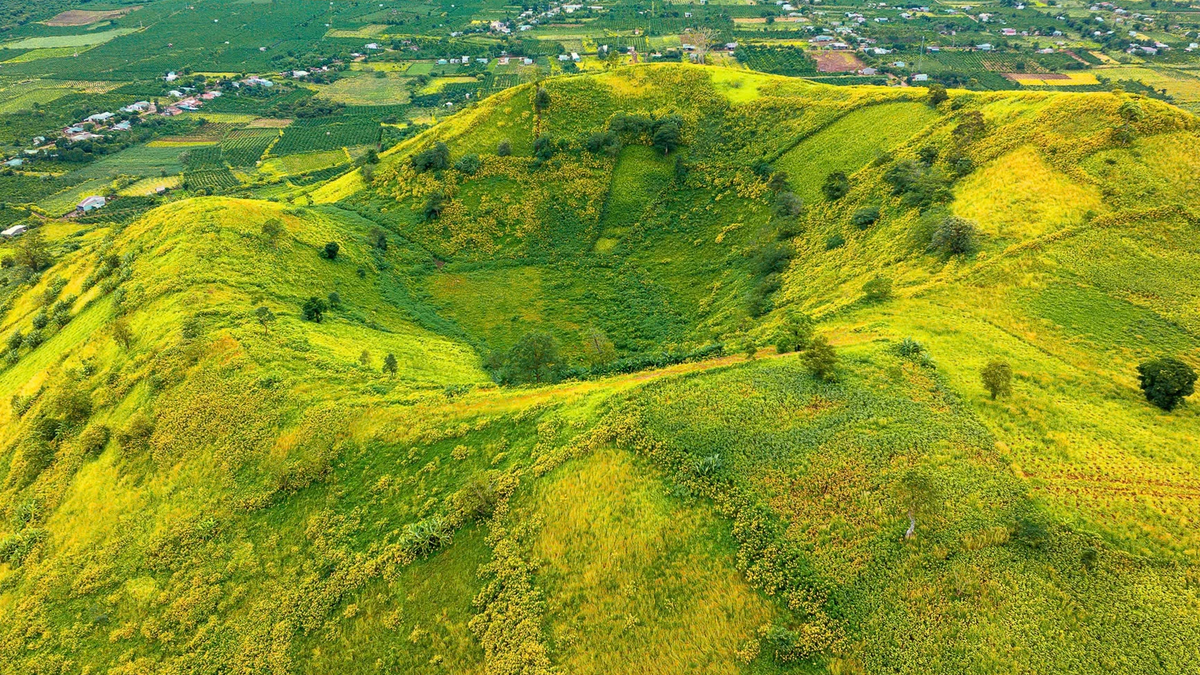

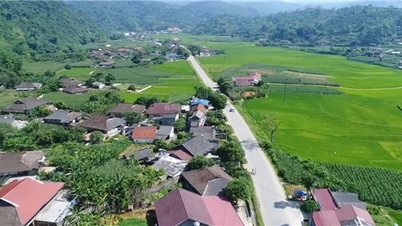

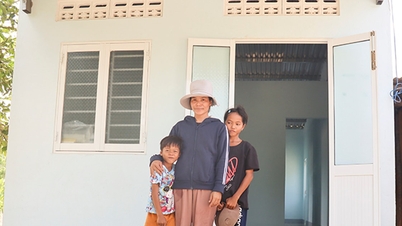








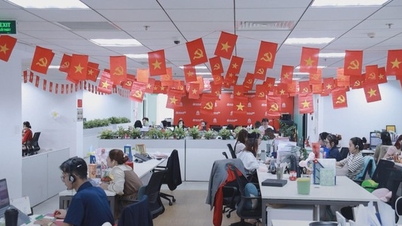






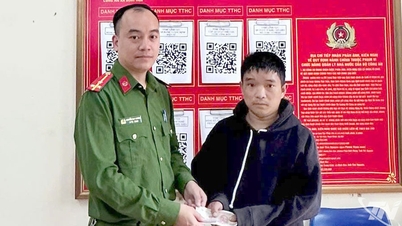




























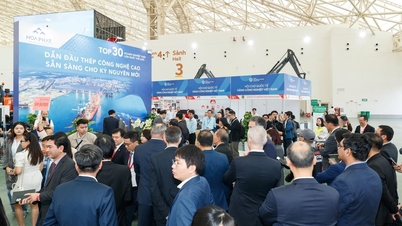











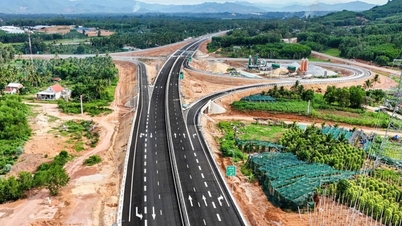








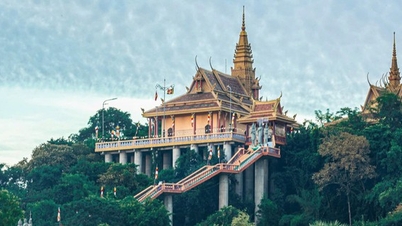

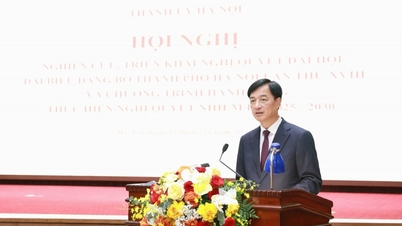




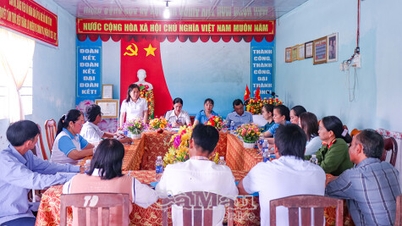

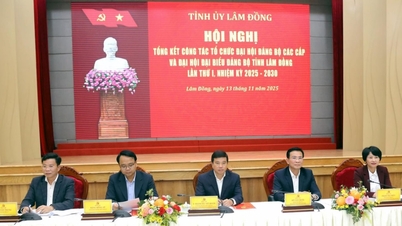

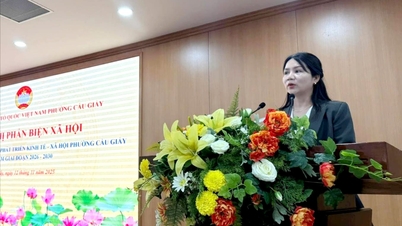
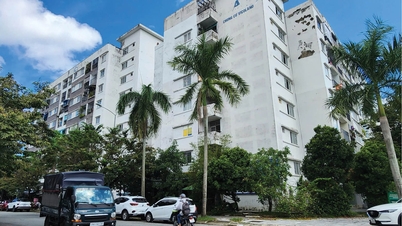


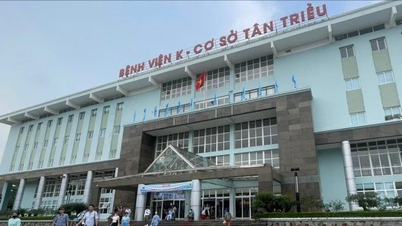





![Dong Nai OCOP transition: [Article 3] Linking tourism with OCOP product consumption](https://vphoto.vietnam.vn/thumb/402x226/vietnam/resource/IMAGE/2025/11/10/1762739199309_1324-2740-7_n-162543_981.jpeg)




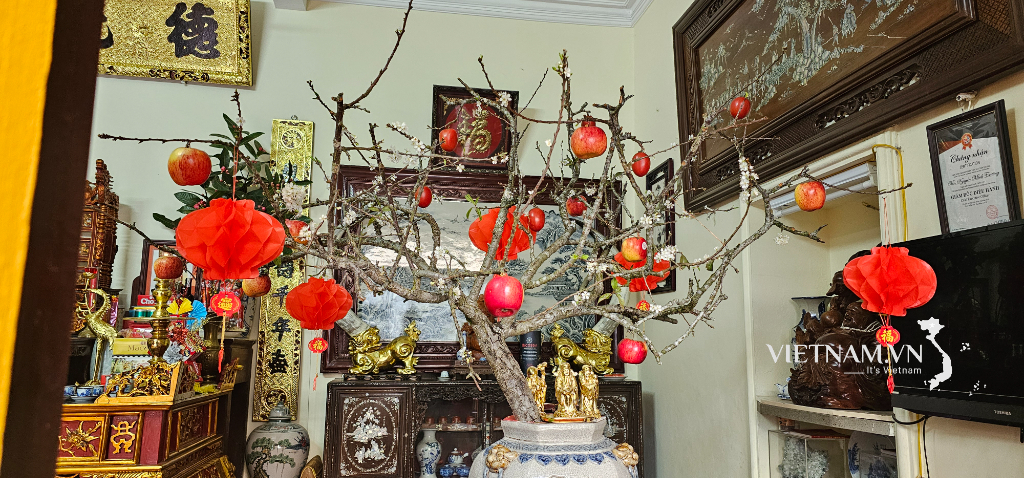


Comment (0)